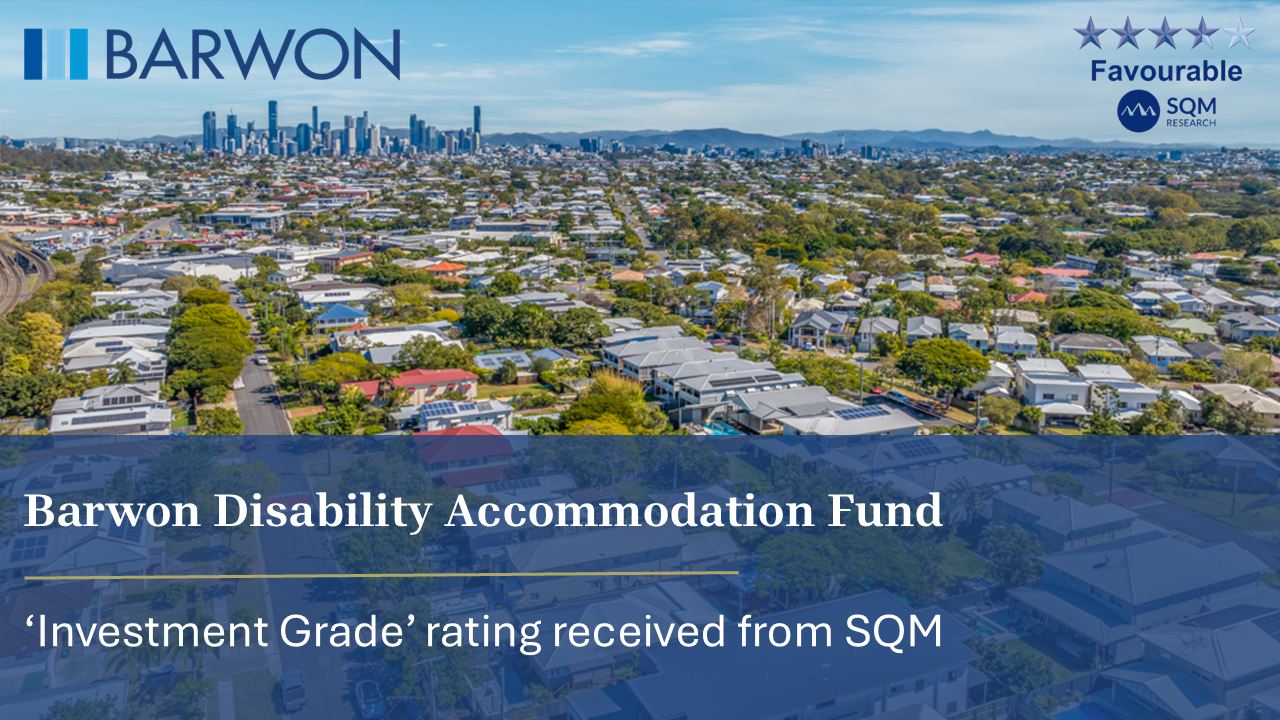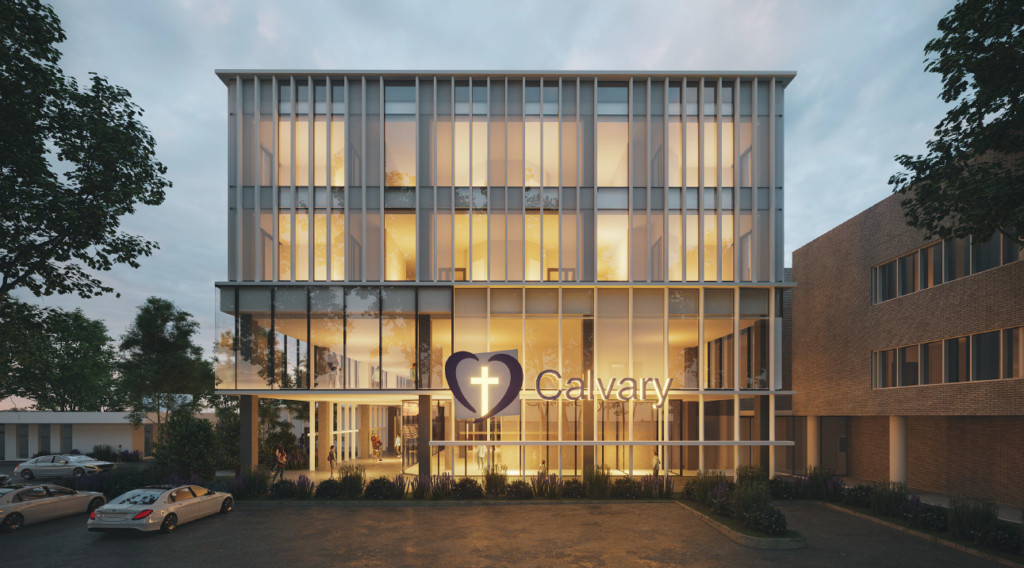With their inherent diversification benefits, healthcare property investments have consistently provided strong returns, even during challenging economic times
Over the past decade the healthcare property sector in Australia has gained significant attention from investors. This stems from a combination of strong market fundamentals underpinned by space demand linked to macro-demographic factors. With attractive property income yields relative to traditional property sectors, defensive characteristics, and a favorable risk-adjusted return profile, the sector has experienced strong capital flows and its share of the securitized property market has steadily risen.
This trend is part of a broader thematic as investors seek investment opportunities beyond the traditional commercial property sectors of retail shopping centers, office buildings, and industrial facilities and toward property alternatives.
The healthcare property sector in Australia is mainly comprised of private hospitals, medical centers, and specialized medical facilities for pathology, radiology, and allied health services. Although it represents only 2% of the total securitized property market in Australia, the sector is growing and total assets under management are valued at approximately $6.5bn. The total market size is estimated at between $150bn and $250bn.
Healthcare property has consistently delivered an attractive income return premium to bonds, but also a strong capital return relative to traditional property sectors. This is due to healthcare tenants being less sensitive to economic market fluctuations domestically and internationally, combined with a profile of long leases and stable income streams. Over the past 15 years to June 2020, healthcare property has delivered a strong income return, averaging 8.4% p.a. It also delivered an attractive capital return of 4.5% p.a. over the same period.

In terms of diversification benefits, healthcare property is increasingly viewed as a desirable enhancement to a property portfolio. The correlation coefficient between the ‘all property’ indicator and healthcare property is estimated to be around 0.5, with correlation values below one indicating potential diversification benefits.

In terms of risk/return, the graph above displays the higher return and lower risk profile of healthcare property relative to other property sectors. This translates into a higher risk-adjusted return based on the Sharpe ratio measure, as depicted below.

Macroeconomic drivers, including a growing and aging population, the increased prevalence of chronic health conditions, and medical technology development continue to support the strong growth of the Australian healthcare sector.
Healthcare Property’s COVID-19 Resiliency
Australia is officially in its first recession for almost three decades, with the June quarter GDP revealing a 7% economic decline. While this economic downturn will affect the property sector as a whole, healthcare property appears to be holding up well during the COVID-19 period with rental arrears remaining low and valuations cap rates being held flat or even firming in properties with long leases and strong tenant covenants. The aging demographic has a higher dependency on non-discretionary medical services and healthcare tenants are less sensitive to economic market fluctuations due to Federal Government and private health insurance funding of the sector.
Healthcare property returns have displayed a far more muted downturn response, both at the time of the Global Financial Crisis (GFC) and currently as the broader commercial property market softens due to the outbreak of COVID-19.

The weighted average lease expiry profile (WALE) for healthcare property is more than double the duration of the rest of the sector. Additionally, healthcare property has much higher occupancy levels than the overall commercial property market due to strong space demand and a limited development of new supply.
Healthcare property investments can be valuable additions to a diversified property portfolio. They have provided strong risk-adjusted returns to investors and have inherent diversification benefits, particularly during challenging economic times.










